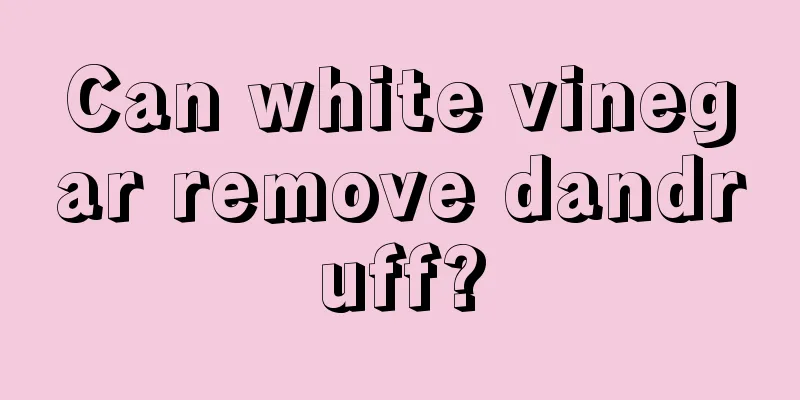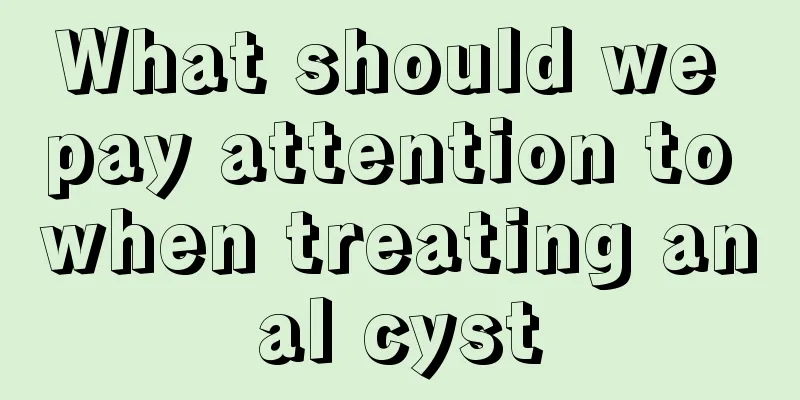Pain in the middle of the collarbone below the neck

|
There is pain in the middle of the collarbone below the neck. Everyone will be confused if this happens suddenly. This situation often occurs when getting up in the morning. Sometimes it gets better on its own after a while, and sometimes it lasts for a few days. Generally, this situation is caused by subacute thyroiditis and can heal itself. If it does not heal itself after a few days, it is not considered to be caused by subacute thyroiditis. It can be considered that it is caused by thyroiditis. You should go to the hospital for examination as soon as possible to confirm the cause. Clinical manifestations of thyroiditis 1. Hashimoto’s thyroiditis That is, chronic lymphocytic thyroiditis. The peak age of onset is 30 to 50 years old, and the incidence rate in women is 15 to 20 times that in men. The onset is slow, and when the disease occurs, there is often an enlarged thyroid gland with a hard and tough texture, a nodular surface, and clear boundaries. There is often pharyngeal discomfort or mild difficulty in swallowing, and some patients may have compression symptoms. There is often no special feeling in the early stage, and the thyroid function may be normal. A small number of patients may have transient hyperthyroidism symptoms in the early stage, and in most cases, hypothyroidism has already occurred when it is discovered. Patients often experience symptoms such as fear of cold, edema, fatigue, dry skin, abdominal distension, constipation, irregular menstruation, and decreased libido. A small number of patients may develop thyroid-related eye disease. Some patients may present with coexistence of Hashimoto's thyroiditis and Graves' disease, clinically manifested by alternating symptoms of hyperthyroidism and hypothyroidism. 2. Subacute thyroiditis This disease is self-limiting and is the most common thyroid painful disease, which is more common in middle-aged women aged 30 to 50 years old. The typical manifestation is severe pain in the thyroid gland. Usually the pain starts on one side of the thyroid gland and quickly radiates to other parts of the gland, the ear base, and the jaw. It is often accompanied by general discomfort, fatigue, muscle pain, and fever. The pain reaches a peak within 3 to 4 days after the onset of the disease and subsides within 1 week. There are also many patients who have a slow onset, which lasts more than 1 to 2 weeks. The condition fluctuates for 3 to 6 weeks. After improvement, there may be multiple relapses within a few months. The thyroid gland may increase in size by 2 to 3 times or even larger than normal, and there is obvious tenderness when touched. Within one week after the onset of the disease, about half of the patients will have symptoms of hyperthyroidism, such as excitement, heat intolerance, palpitations, tremors and sweating. These symptoms are caused by excessive release of thyroid hormones from the thyroid gland during acute inflammation. During the course of the disease, a small number of patients may experience symptoms of hypothyroidism such as swelling, constipation, chills, and drowsiness, but these symptoms do not last long and the thyroid function eventually returns to normal. 3. Painless thyroiditis The disease can occur at any age, but is more common in women aged 30 to 50. Typically, changes in thyroid function are divided into three stages: thyrotoxicosis, hypothyroidism, and recovery. The symptoms of the thyrotoxic stage include sudden onset of nervousness, heat intolerance, tachycardia, and weight loss. In some cases, thyrotoxicosis is not obvious at the beginning, and hypothyroidism is the clinical manifestation. The hypothyroidism period lasts for 2 to 9 months and then gradually returns to normal. Some patients have persistent hypothyroidism, and 10% to 15% of patients may relapse after 10 years. About half of the patients have mild diffuse enlargement of the thyroid gland, which is hard in texture, without nodules, pain or tenderness. 4. Postpartum thyroiditis Occurring within one year after delivery, the patient's thyroid gland may be slightly to moderately enlarged, with a medium texture and no tenderness. The typical clinical course is biphasic hyperthyroidism and hypothyroidism. The hyperthyroidism stage occurs within six months after delivery and lasts for 1 to 2 months, with symptoms such as palpitations, emotional agitation, heat intolerance, fatigue, etc. The hypothyroidism stage occurs 3 to 8 months after delivery and lasts 4 to 6 months, with symptoms such as fatigue, inattention, constipation, muscle and joint pain and stiffness. The recovery period occurs 6 to 12 months after delivery, and about 20% of patients may have persistent hypothyroidism. |
<<: What disease causes numbness in hands
>>: The fastest way to treat numbness in hands and feet
Recommend
What harm does ovarian cancer do to the body
Cancer is a disease that often causes a high mort...
Be alert to the symptoms of mixed hemorrhoids!
Hemorrhoids are usually divided into three types....
Can bitter melon and onion be eaten together
Bitter melon is a very nutritious vegetable. The ...
Where are the nasolabial folds located?
The face is the place where wrinkles are most lik...
What are the harms of long-term sitting to women?
Sitting is a way for people to rest, because it a...
3 common psychological states of cervical cancer patients before surgery
The incidence of cervical cancer ranks first amon...
Can you tell about your nightmares?
People often have nightmares. If they dream of be...
Can CT detect brain cancer?
Can CT scan detect brain cancer? 1. Brain tumors ...
What causes dark green stool?
Of course, we should pay attention to the reasons...
Dietary precautions after ovarian tumor surgery
As we all know, a good diet can help patients rec...
Ultrasonic coupling agent
With the development of science and technology an...
Liquor distiller
Since the ancients invented wine, people have beg...
How effective is the big belly slimming tea
A big belly will directly affect our entire body ...
What are the symptoms of pancreatic cancer with liver metastasis
Pancreatic cancer will metastasize to the advance...
What is the effective treatment for numbness in legs and feet?
Numbness in the legs and feet makes many people f...









